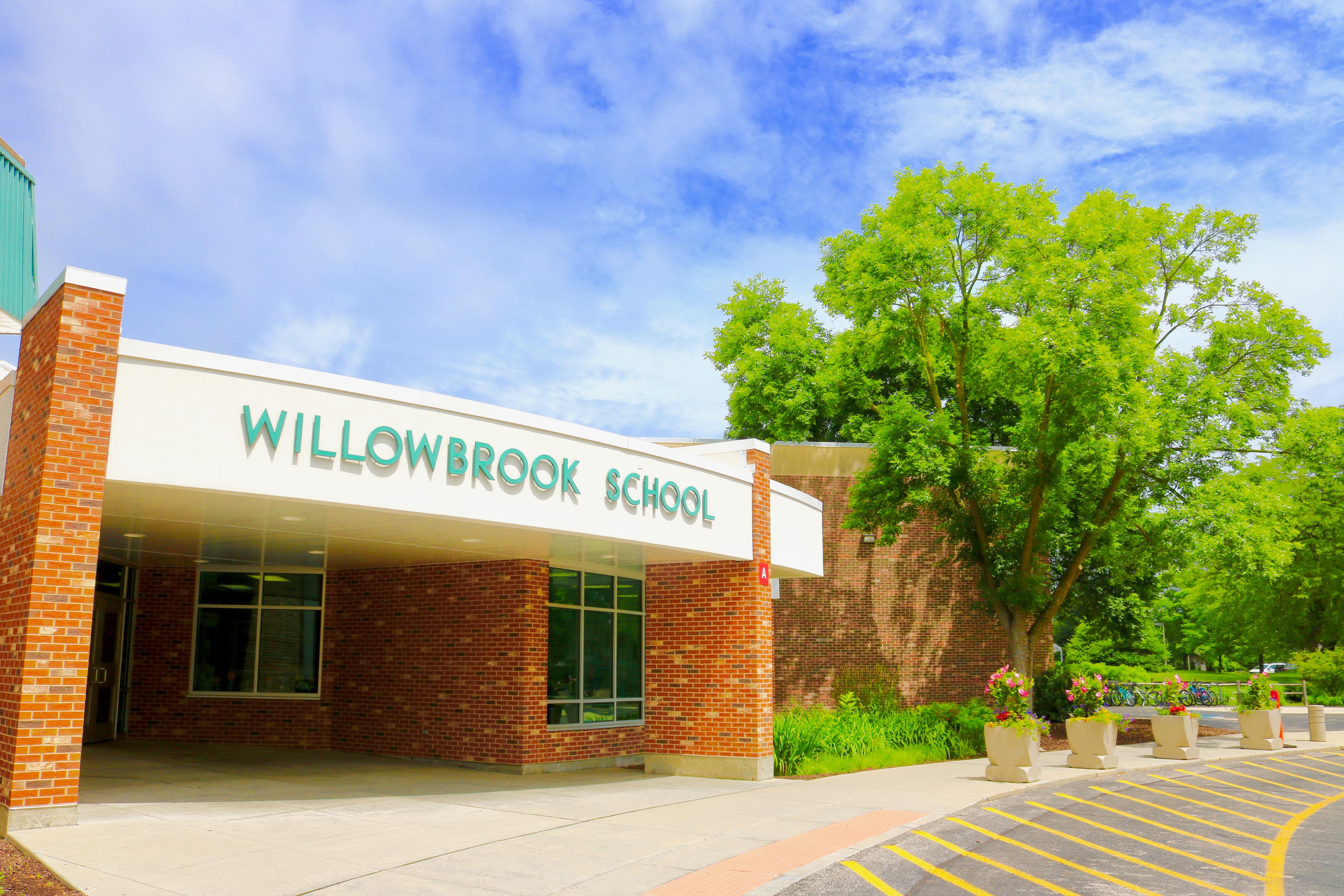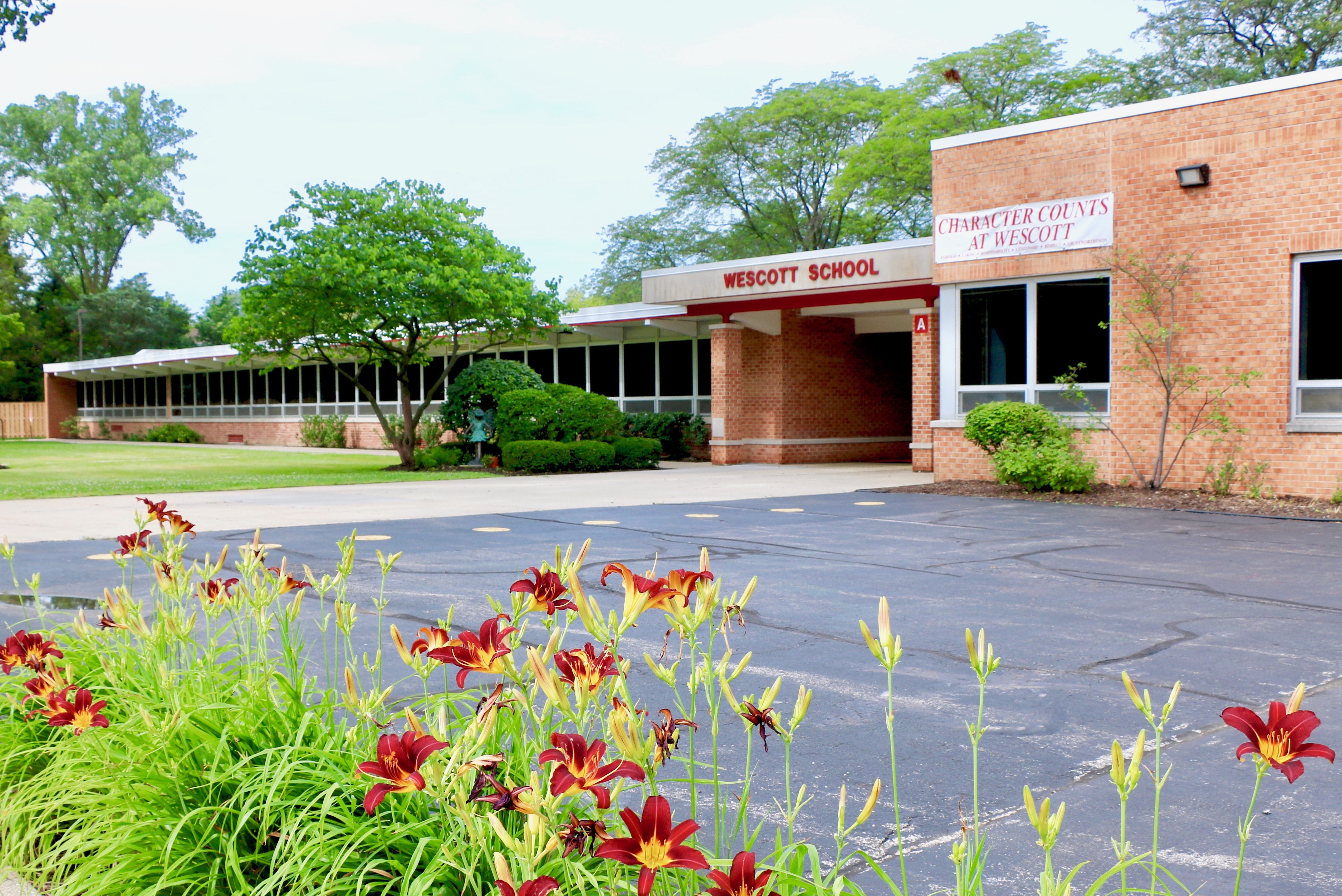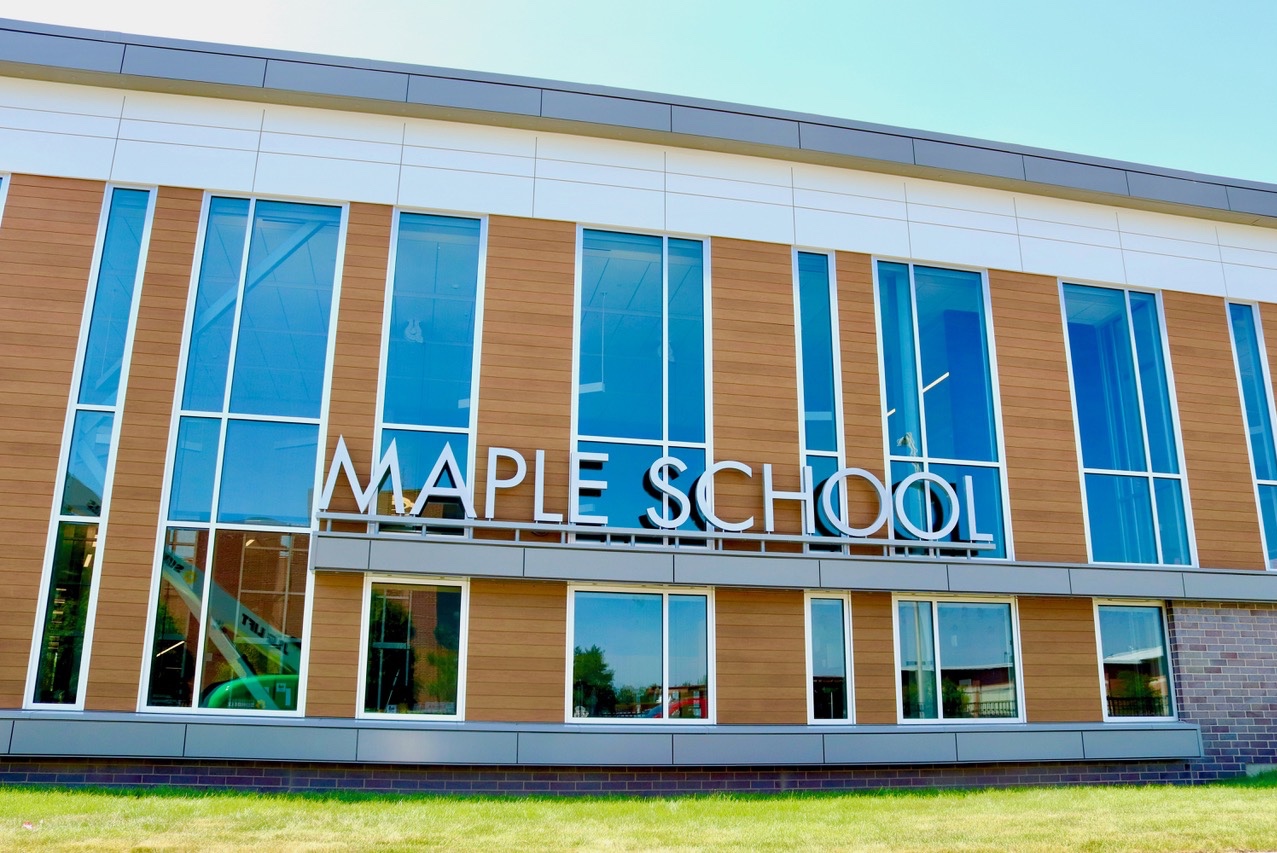
During his recent visit to Wescott School's second and fifth-grade classes, Professor Paul W. Wiseman shed all kinds of light on the subject of chemistry, when he demonstrated ways to show fluorescent light from molecules in dyed water using highlighters and laser pointers.
His presentation took place in his children’s classes. Nicholas is a second-grader in Xenia Stamoudis’ class, and Audrey is a fifth-grader in Samantha Nadel’s class. From the fall through the winter, Wiseman is a professor of Chemistry and Physics and Otto Maass Chair in Chemistry at McGill University in Montreal. Then he is back in Northbrook for the summer, where he runs his research group.
He said that the idea for his presentation came from Professor W. E. Moerner, a Stanford University professor of Physics and Chemistry, who won a Nobel prize in Chemistry in 2014.
“Professor Moerner came to McGill University in the fall, when he illustrated fluorescent light from molecules in water. It simply involved a laser pointer, and a highlighter dipped in water to provide the fluorescent molecules that the laser would excite. I thought that it might make a great learning tool and presentation for the Wescott students,” said Professor Wiseman.
The day before his visit, Wiseman asked the teachers to have the children place different color highlighters into plastic cups of water to add fluorescent molecules in blue, pink, yellow, and orange. Then they labeled the plastic cups. One cup was a “control” and contained water without highlighter/dye. This was done to show that the plastic cup and the water are not responsible for what is observed. The experiment involved Professor Wiseman shining the laser pointers, which contained different wavelengths and colors of light, on the prepared solutions.
Students observed that not all of the laser pointers brought forth fluorescence, as the energy of the laser light has to match the energy levels of the fluorescent dyes. The group observed, and teacher Xenia Stamoudis, using X’s and check marks, recorded which combinations lit up with fluorescence and which ones did not.
The professors' interpretation was explained using the analogy to basketball nets on a playground. He stated that "One needs to throw a basketball with just the right amount of energy to hit the net. Too little, and the ball falls under, too much, and it sails over the basket. The light in the laser pointers has the exact energy amounts based on its color. The dyes have unique energy levels (like basketball nets of different heights). You must match to get the light," he added.




